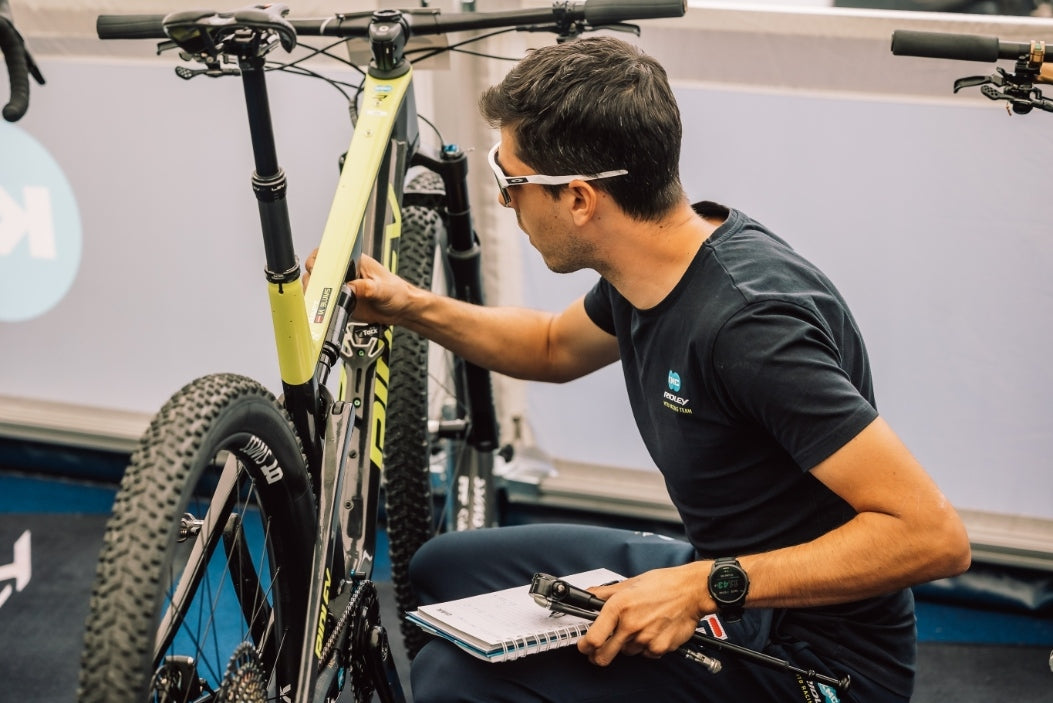Bearing Grease: Optimizing Lubrication for Longevity


Grease is the preferred lubricant for rolling bearings, and its performance greatly affects bearing longevity. Over 90% of rolling bearings are grease-lubricated, with the rest using oil for lower friction. Greases are highly structured colloids made from base oil, thickeners, and performance-enhancing additives. High-quality grease reduces friction, wear, and corrosion, while also extending the bearing's life. Many bearings are sealed for life, filled with only 30-40% grease. This amount helps achieve lower friction and heat generation, ensuring longer grease life.
After the initial filling, grease often gathers between the rolling elements. During the early rotation of sealed bearings, the grease is moved by the balls or rollers, resulting in flow and the formation of channels. Some grease will flow back into the raceways, while other portions accumulate in unswept areas. This non-uniform flow is known as “churning” and continues until most of the grease is pushed to the sides, creating reservoirs.
Over time, the process of “channeling” occurs, where the balls or rollers plow through the grease, forming clear channels. This process reduces mechanical degradation, but if the grease continues to move back into the tracks, it leads to increased friction and temperature, a condition known as “thermo-shear induced grease degradation.” The mechanical stability of the grease and its viscosity play critical roles in resisting this degradation.
The effectiveness of clearing or channeling can be categorized into three levels:
- Good channeling: Leads to a short churning phase and low temperature increase, followed by stable temperatures due to effective lubrication.
- Poor channeling: Results in extended churning, higher temperatures, and greater grease degradation due to continuous replenishment from unswept areas.
- Non-channeling: Continuous replenishment of grease leads to constant degradation, softening, and potential leakage from the bearing.
The channeling properties of grease are crucial during the churning phase, and changes in grease properties during this phase impact lubrication quality during the bleeding phase, ultimately affecting the lifespan of the grease.
Text by MSMechanic and Science Research portal.





Leave a comment